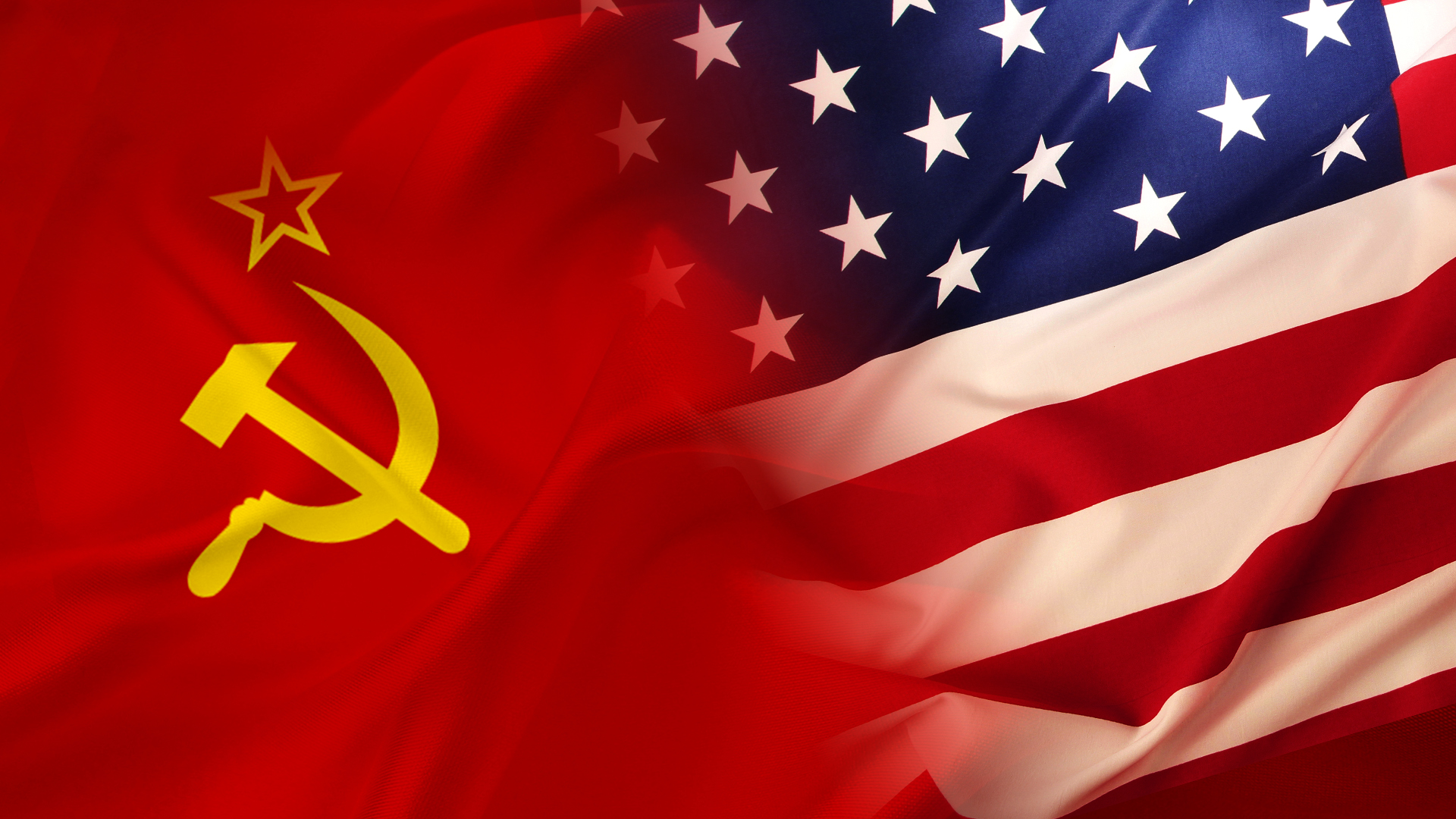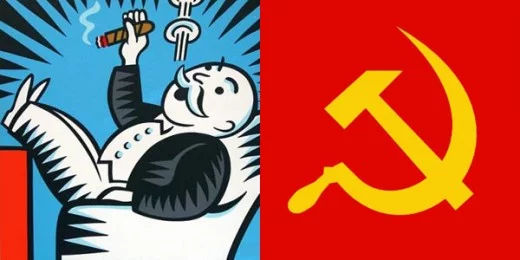Context of the Cold War and Contemporary Europe
Hannah Hill
5 min read
Listen to this study note
#European History: Post-WWII & The Cold War - Night Before Review 🚀
Hey there! Let's get you prepped and confident for your exam. This guide is designed to be your ultimate resource for a quick, high-impact review. We'll focus on key concepts, strategic insights, and memory aids to ensure you're ready to ace it!
#1. The Aftermath of WWII: A World in Transition
- Devastation & Reshaping: *
WWII left Europe and much of the world in ruins – economically, politically, and socially.
* Massive loss of life, especially young men, and economic collapse were widespread.
*
Billions were spent on the war effort, leaving governments struggling to rebuild.
- Emergence of Superpowers: *
The United States and the Soviet Union emerged as the two dominant global superpowers.
* Their conflicting ideologies (capitalist democracy vs. communism) set the stage for the Cold War.
- Ideological Divide: *
The world became increasingly polarized between capitalist and communist ideologies.
* This division fueled tensions and conflicts globally.

* *Caption: The US and USSR, former allies, became ideological rivals after WWII.*
#2. The Cold War: A Battle of Ideologies
- Defining the Cold War: *
The Cold War was not a direct military conflict between the US and USSR, but a period of intense political, economic, and military tension.
* Characterized by proxy wars, an arms race, and ideological competition.
- Nuclear Threat: *
The nuclear arms race was a central feature of the Cold War, creating a constant threat of global annihilation.
* Both nations amassed huge stockpiles of nuclear weapons.
- Economic Tensions: *
The economic aftermath of WWII exacerbated tensions between the superpowers.
* The US and USSR offered different models for economic recovery and development.
- Nationalism & Separatism: *
Post-war nationalist and separatist movements led to conflicts and atrocities in various nations.
* These movements were often intertwined with the broader ideological struggle.

* *Caption: Post-war Europe faced numerous challenges, including economic hardship and political instability.*
#3. Societal Responses to War & the Cold War
- Anxiety & Uncertainty: *
The experience of total war led to widespread anxiety and uncertainty about the future.
* This was reflected in intellectual and artistic movements.
- Decline of Religion: *
Traditional religious beliefs declined in influence as people grappled with the horrors of war.
* This shift contributed to a sense of moral and existential questioning.
- Everyday Life: *
The war profoundly impacted daily life, leading to population shifts, economic changes, and altered social structures.
* Traditional ways of life were disrupted, and new social groups emerged.
#4. Key Figures of the Cold War
- Joseph Stalin (USSR): *
Leader of the Soviet Union in the early Cold War years.
* Oversaw massive industrialization and technological advancements.
*
Remember that while he industrialized the USSR, his policies also led to famine and poverty.
- Harry S. Truman (USA): *
President of the US who actively opposed communism.
*
The Truman Doctrine provided aid to nations threatened by communism, escalating tensions.
- Nikita Khrushchev (USSR): *
Leader of the Soviet Union from 1953-1964.
* Improved relations with the West somewhat, but also oversaw the construction of the Berlin Wall. 🧱
#5. Memory Aids & Quick Tips 💡
- Cold War Analogy: Think of the Cold War as a high-stakes chess game, where the US and USSR were constantly trying to outmaneuver each other without direct confrontation.
- Truman Doctrine Mnemonic: "T" for Truman, "T" for trying to contain communism.
- Key Themes: Remember the themes of ideological conflict, nuclear threat, and societal transformation.
#Final Exam Focus
-
High-Priority Topics:
- The causes and consequences of WWII.
- The ideological conflict between capitalism and communism.
- The key events and figures of the Cold War.
- The social and cultural impacts of war and the Cold War.
-
Common Question Types:
- Essay questions analyzing the causes and effects of the Cold War.
- Document-based questions (DBQs) requiring analysis of primary sources.
- Multiple-choice questions testing knowledge of key events and figures.
-
Last-Minute Tips:
- Time Management: Quickly scan questions and prioritize those you feel most confident about.
- Common Pitfalls: Avoid oversimplifying complex issues; provide specific examples and evidence.
- Challenging Questions: Break down complex questions into smaller parts; use your knowledge of key concepts to guide your answers.
You've got this! Take a deep breath, trust your preparation, and go ace that exam! 💪
Continue your learning journey

How are we doing?
Give us your feedback and let us know how we can improve





